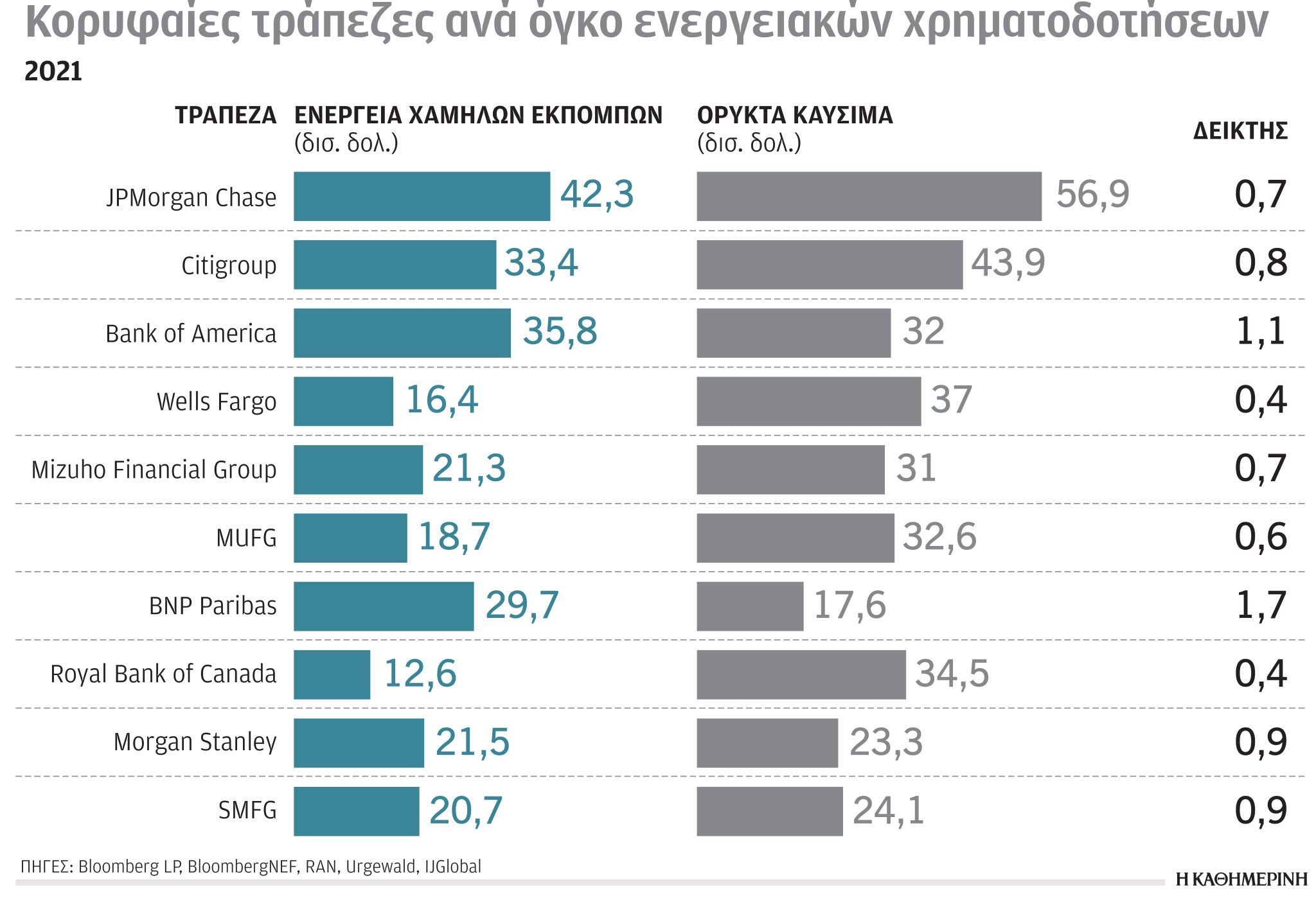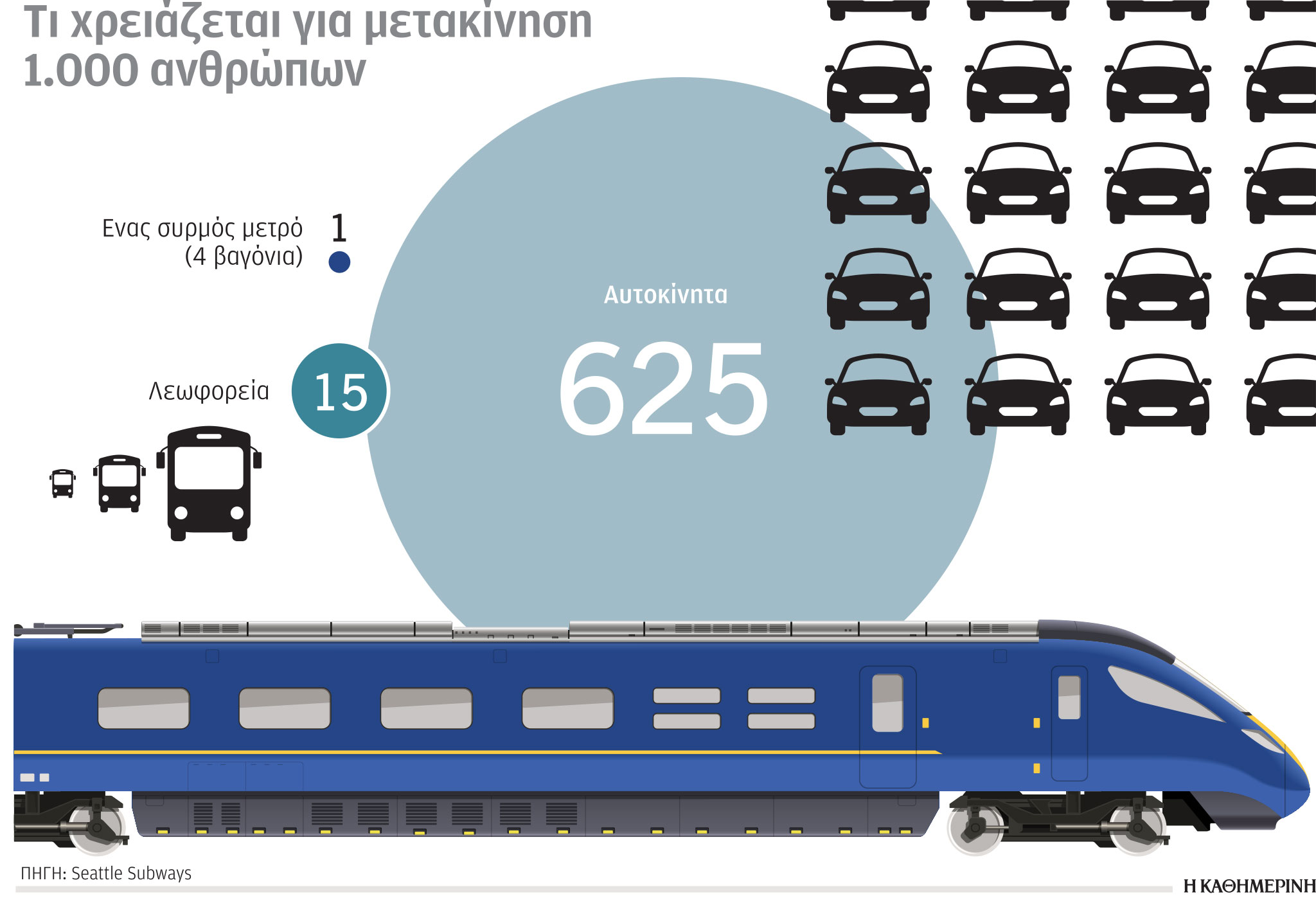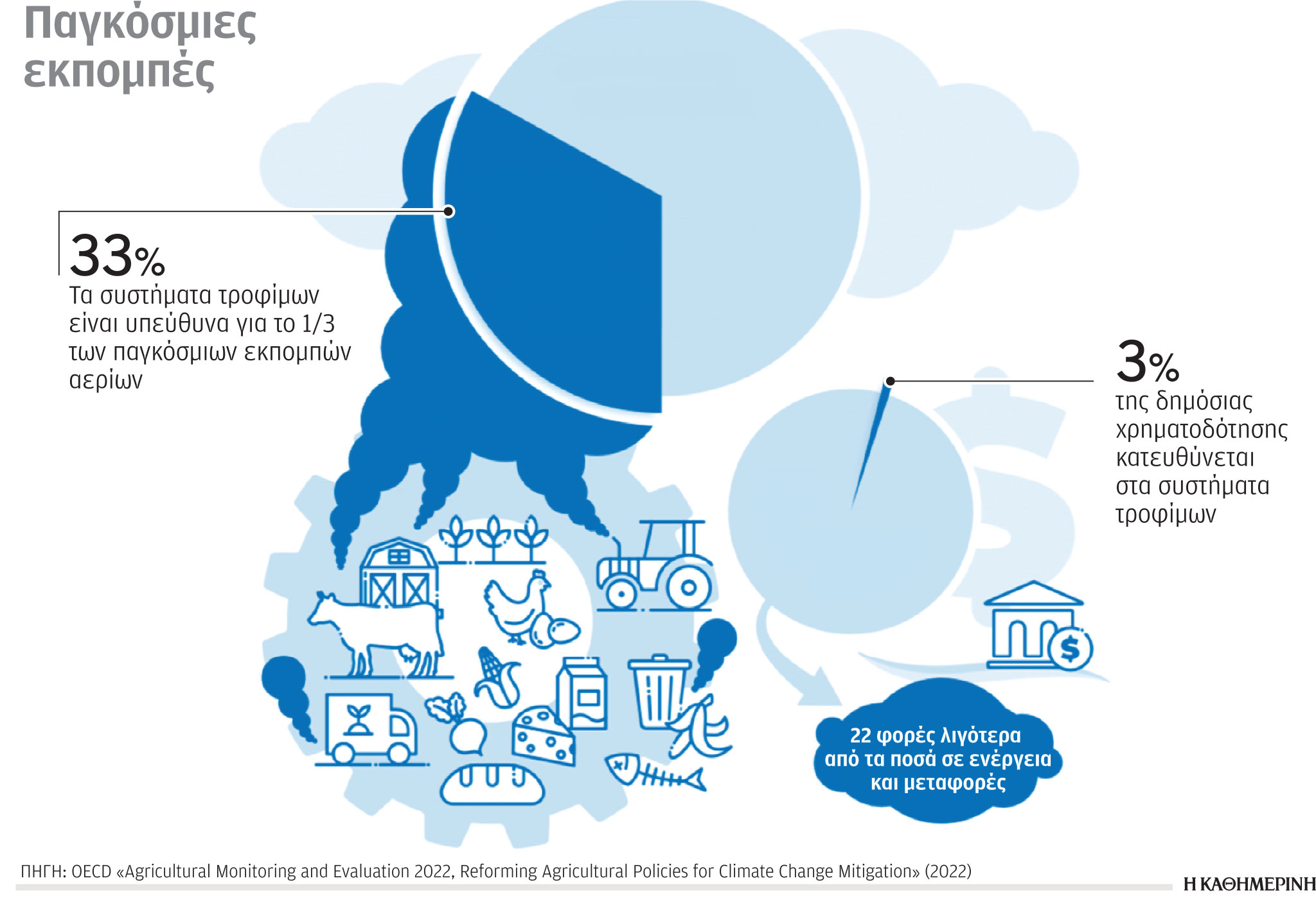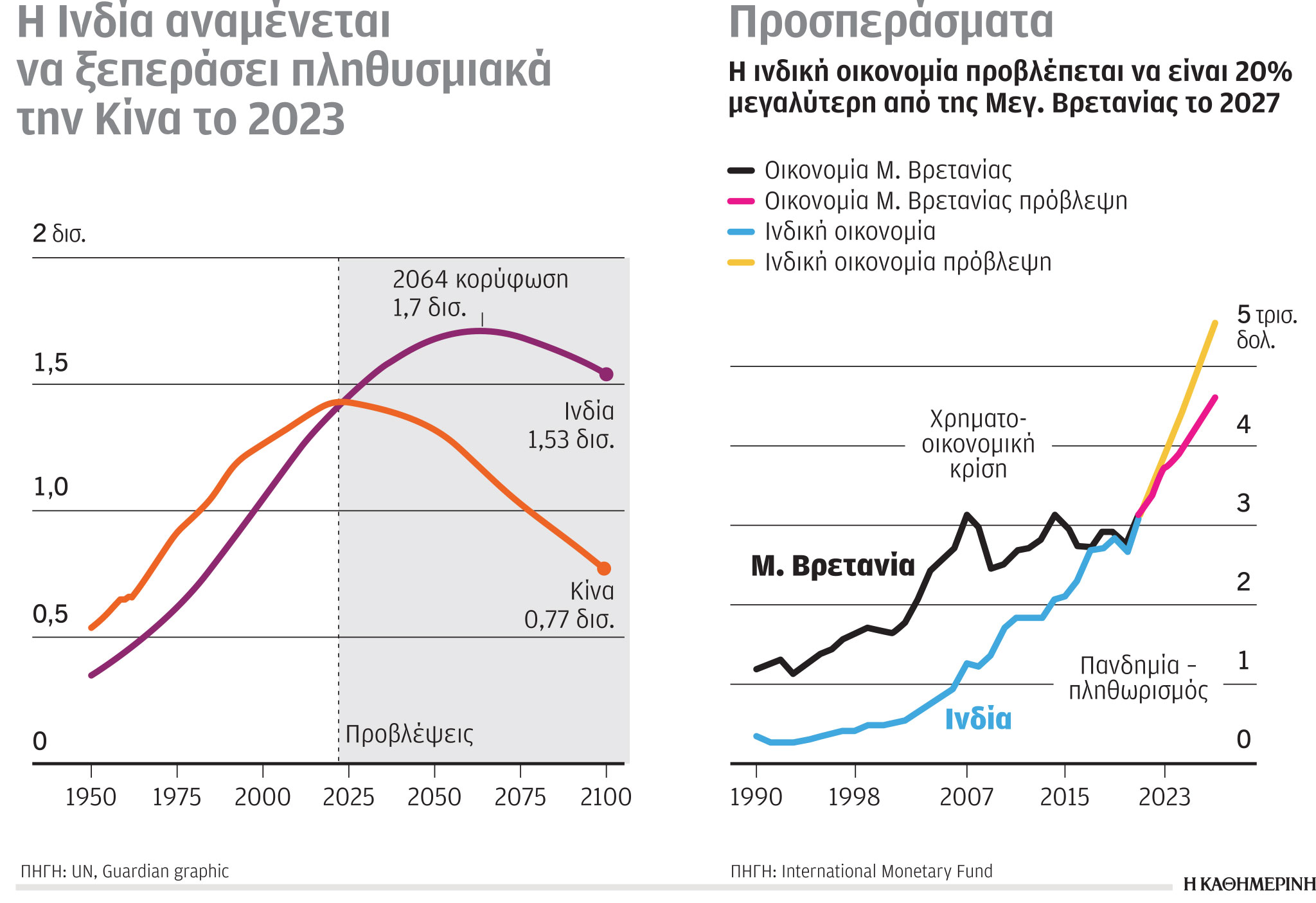
Research – analysis: prof. Giannis Maniatis
With the assistance of PhD students: I. Voulgari, A. Manolis, A. Hatzigeorgiadis
Of the 58 billion tons of annual greenhouse gas emissions, 33 billion tons of CO2 are related to energy. Significant methane emissions (84 times more burdensome than CO2) are associated with agriculture and landfills, as well as land use change. The decarbonization of electricity (mostly from coal) and transport (mostly from oil) is a top priority in the fight against the climate crisis.
The danger of lithium batteries
Since 2019, “exploded” batteries have been recorded in New York City, resulting in death and injury. From 28 lithium battery fires with 16 injuries in 2019, they have grown in 2022 to 216 incidents (a sevenfold increase), with 147 injuries (a ninefold increase) and 6 deaths. In the first two months of 2023, 30 incidents have already been recorded in which 40 people were injured and 2 people died.
Green investment banks
The world’s leading banks are investing in low-emission energy, reducing investment in fossil fuels over time. By 2030, the investment ratio is projected to be 4 to 1 (low emissions from fossil fuels). The bank with the largest green investment in 2021 was JPMorgan Chase with $42.3 billion versus $56.9 billion in fossil fuels. Bank of America and Citigroup are next. The bank with the highest green investment ratio (1.7) compared to minerals is BNP Paribas.
Imprint IX and alternatives
According to Seattle Subway (and others), it takes 625 cars to move 1,000 people, while Mass Transportation, on the other hand, only needs 15 buses or a 4-car subway train. In addition to the environmental impact and traffic congestion caused by 625 cars per 1,000 people, they also require 40 + 40 = 80 acres of valuable urban space for their parking at both their starting and final destinations. 
Food systems spending
Global emissions of gases (mainly methane) from the agricultural sector reach 33% of the total. Every year, $528 billion of public money is spent on agricultural practices that harm the environment and climate. In contrast, it takes only $300-$350 billion a year to implement methods to make food systems sustainable. 
Global tectonic shifts
As of November 15, 2022, the world’s population has reached 8 billion. India will overtake China in terms of population in 2025, peaking in 2064 (1.7 billion), when China is expected to have about 1 in the same period. 2 billion inhabitants. China’s insurance system is already facing serious challenges. At the end of 2023, the Indian economy will catch up with the UK economy, and by 2027 it will grow by 20%.
Source: Kathimerini
Anna White is a journalist at 247 News Reel, where she writes on world news and current events. She is known for her insightful analysis and compelling storytelling. Anna’s articles have been widely read and shared, earning her a reputation as a talented and respected journalist. She delivers in-depth and accurate understanding of the world’s most pressing issues.